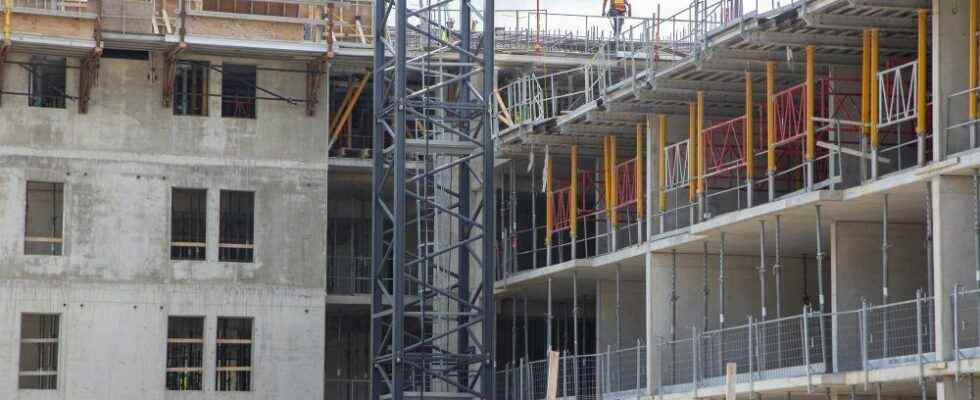The London area’s jobless rate rose for the fourth straight month in August, with the negative streak coming at a time when higher interest rates and persistent inflation threaten to slow the local economy even further, one expert says.

The London area’s jobless rate rose for the fourth straight month in August, with the negative streak coming at a time when higher interest rates and persistent inflation threaten to slow the local economy even further, one expert says.
August’s unemployment rate for the London area, which also takes in St. Thomas, Strathroy, and portions of Elgin and Middlesex counties, was 6.6 per cent. That’s up from July’s 6.1 per cent rate, figures released Friday by Statistics Canada show.
The increase was powered by the region shedding about 2,200 jobs, which brought the total number of people employed across London down to 292,700. That’s still about 28,000 more people employed than in February 2020, just weeks before the start of the COVID-19 pandemic.
“Broadly speaking, we are seeing a slowdown in the last few months and a labor market that’s been losing momentum,” said Liam Daly, an economist with the Conference Board of Canada.
“This is the result of several factors, not the least of which is the raising of interest rates (by the Bank of Canada), which are putting the brakes on the economy.”
Nowhere has the impact of rising interest rates been felt more than in the London-area housing market.
Once among the hottest markets in the country, the average price of homes has been dropping in the past six months, reaching a 2022 low of $648,000 in August. Last month also become the slowest August for home sales in the past six years.
The hikes by the central bank, intended to help bring inflation under control, are likely to start affecting other sectors of the economy, including manufacturing, in months to come. Yet, most analysts predict more hikes in 2022.
“With one more labor force survey before the (central bank’s) October meeting, it still seems likely that at least one more rate hike will be in store before a pause is seen,” CIBC senior economist Andrew Grantham said.
Though London may be in the midst of a cyclical slowdown after overperforming in 2021 despite the impacts of COVID-19, Daly said the local economy has other elements playing in its favour.
“I think London still remains a highly attractive location not just for investment, but also immigration,” he said.
-

New local jobless figures suggest strong confidence, steady growth
-

Strong growth forecast in 2022 for London area’s ‘resilient’ economy
“There’s been a strategy to attract electric vehicle investment to the area, and that’s going to be important in the years ahead in retaining jobs and spurring growth. So I think, despite some clouds on the near-term horizon, the longer-term outlook for London is positive.”
London’s lackluster labor market report mirrored that seen in the province and the nation.
Ontario’s unemployment rate rose to 5.7 per cent in August from July’s 5.3 per cent. The province lost about 19,200 jobs last month.
Meanwhile, Canada’s unemployment rate rose to 5.4 per cent from July’s 4.9 per cent, which was a record-low for the country.
August’s national figures also mark the first time the country’s jobless rate went up in the past seven months, and it’s the first increase since May 2020 that didn’t coincide with the implementation of measures to help control the spread of COVID-19.
“The economy was doing very well up until a couple of months ago and now seems to have hit a pothole,” BMO senior economist Sal Guatieri said.
With Canadian Press files
